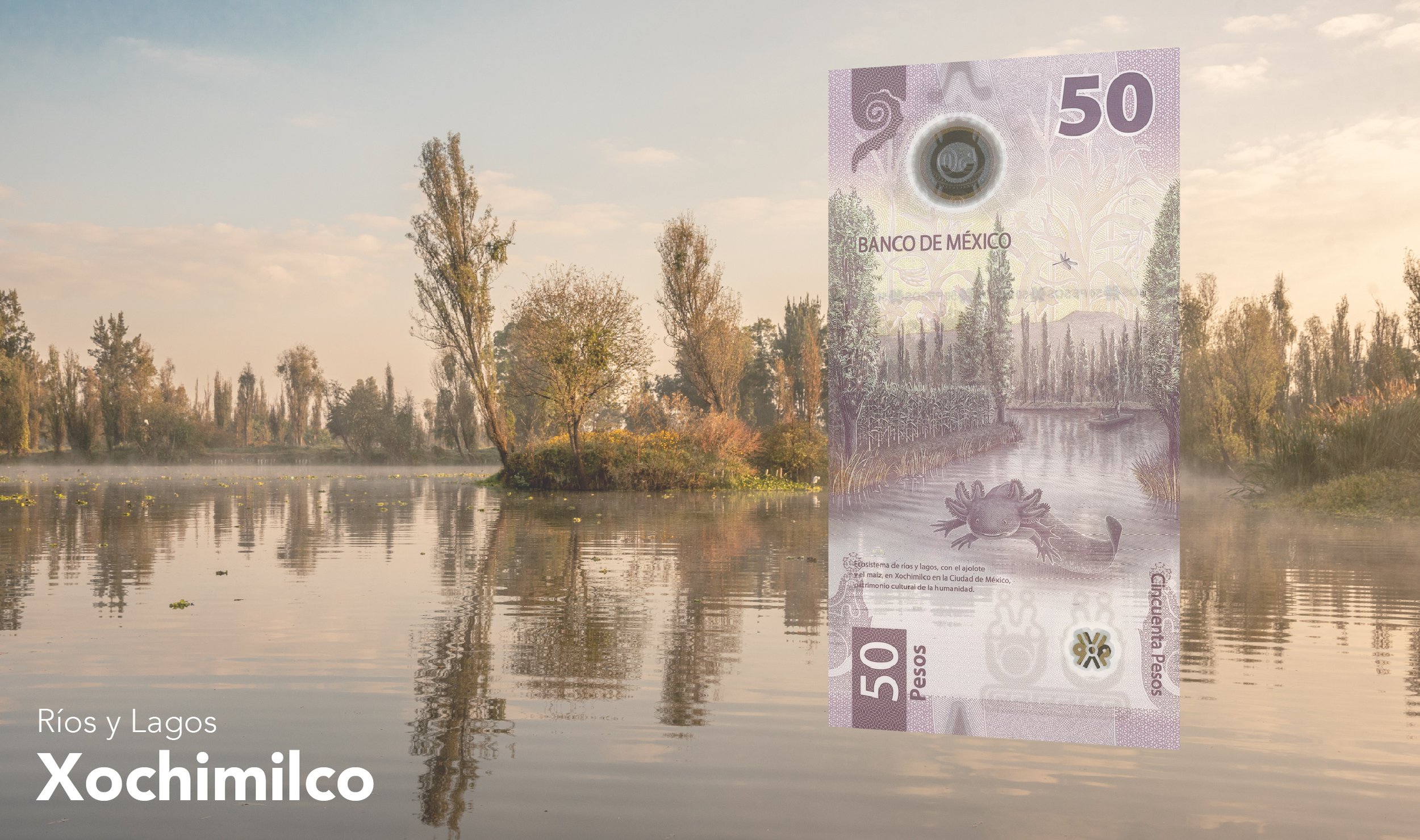Mexico’s Natural Protected Areas Now Reflected on Banknotes, But Continue to Lack Funding for Protection
Mexico's Natural Protected Areas (NPAs) are internationally recognized for their immense beauty, diversity of landscapes, and unique plants and wildlife. The Bank of Mexico has recognized their importance by illustrating new banknotes with ecosystems and species that are home to these sites.
However, each year the Mexican Federal Government allocates less and less budget towards the care of these areas. Between 2016 to 2020 conservation resources for NPAs were reduced by almost 90%.
In Mexico's Federal Expenditure Budget for 2022, the increase destined to the environmental sector did not reach the NPAs. The National Commission of Natural Protected Areas (CONANP) may suffer a 1.2% budget reduction for the protection the country's 182 natural areas, which account for 22% of the national territory.
The following Natural Protected Areas are featured on Mexico’s recently released currency:
The new 20 pesos bill features a crocodile and a roseate spoonbill amongst the mangroves of the Sian Ka'an Biosphere Reserve in Quintana Roo. This Natural Protected Area faces the threats of deforestation, loss of living coral, contamination, as well as the extinction of species such as the puma, jaguar, ocelot, among others.
On the 50 pesos bill we experience the ecosystem of rivers and lakes of Xochimilco in Mexico City, as well as the critically endangered Mexican salamander. This UNESCO World Heritage site is home to 140 species of waterfowl, salamanders, crayfish, and charales. Their habitat is severely affected by urban growth, large construction projects, and drainage discharge.
Every autumn, millions of monarch butterflies come to spend the colder months of the year at the Monarch Butterfly Biosphere Reserve in the State of Mexico and Michoacán, which is featured on the 100 pesos bill. This sanctuary has been reduced due to deforestation, forest degradation and mining activities in the area.
The 200 pesos bill features the El Pinacate and Gran Desierto de Altar Biosphere Reserve in Sonora, as well as the emblematic golden eagle, the national bird of Mexico. This area is home to a dormant volcano, sand dunes, and diverse species of fauna that are at risk from the impacts of climate change and lack of ecological connectivity.
On the 500 pesos bill we see a gray whale and its calf in the Vizcaino Biosphere Reserve in Baja California. This area is an important reproduction and wintering site for the grey whale, harbor seal, California sea lion, northern elephant-seal and blue whale. The lagoons are also home to four species of endangered marine turtles. This ecosystem is under threat from the effects of climate change, depletion of aquifers, mining activities and illegal fishing.
The 1000 pesos bill is illustrated by the tropical forests of the Calakmul Biosphere Reserve in Campeche as well as one of its inhabitants, the jaguar. Calakmul has a large variety of species: around 250 species of trees, 500 species of butterflies, more than 30 species of amphibians, more than 100 species of reptiles, more than 280 species of birds, and more than 100 of mammals. Approximately half of the species found here are threatened or endangered.
While Mexico’s biodiversity is now illustrated on its paper currency, these sites continue to face many ecological threats such as deforestation, mining, illegal fishing, and more. If the 2022 Expenditure Budget is authorized as-is, Mexico’s NPAs would have 9.7 pesos per hectare for their care, an insufficient amount for the adequate protection of these naturally rich areas.







